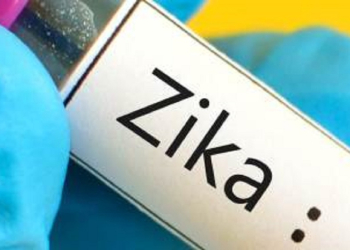New York: Several drugs used to treat Covid-19 patients — including remdesivir, dexamethasone, and antibiotics for associated bacterial infections — persist through wastewater treatment and may occur in waterways at levels high enough to negatively affect aquatic organisms, finds a new study.
According to researcher Heather Preisendanz from Penn State, over-the-counter and prescription-strength pharmaceuticals, including antibiotics and pain relievers, are excreted by humans, and many are known to persist through wastewater treatment plants and into nearby waterways, where they can negatively affect aquatic organisms.
“This knowledge spurred concerns that increased use of pharmaceuticals during the pandemic could also lead to increased concentrations of these drugs in wastewater treatment plant effluent and potentially harm aquatic life,” said Preisendanz.
For the study, published in the Journal of Environmental Quality, the team collected weekly influent (incoming) and effluent (outgoing) samples from two wastewater treatment plants in central Pennsylvania between May 2020 and May 2021. One of the sites includes a hospital in its service area.
The researchers analysed the influent at both wastewater treatment plants for the virus SARS-CoV-2, as well as the influent and effluent for a variety of medications that may have been used to treat Covid-19.
In their study, the researchers examined two over-the-counter fever reducer/pain relievers (acetaminophen and naproxen), five antibiotics (ampicillin, doxycycline, ofloxacin, sulfamethoxazole, and trimethoprim), two Covid-19 therapeutic agents (remdesivir and dexamethasone, which is used to reduce severe upper respiratory inflammation in patients on ventilators), and hydroxychloroquine, a malaria drug that was ultimately shown in clinical trials to be ineffective for treating Covid-19.
The team found that remdesivir concentrations were correlated with the number of hospitalised Covid-19 patients, while dexamethasone concentrations were associated with the number of hospitalised patients on ventilators.
Specifically, influent to the wastewater treatment plant servicing the hospital had concentrations of remdesivir and dexamethasone of 28 per cent and 31 per cent, respectively, while the average removal efficiencies by the wastewater treatment plant for these drugs were 39 per cent and 56 per cent, respectively.
Hydroxychloroquine was not detected in any of the influent samples collected at either treatment plant.
According to Preisendanz, although risk to aquatic organisms from remdesivir could not be calculated, as no research has yet been done to determine the concentrations that could pose a risk, dexamethasone was detected in quantities that could pose a low acute risk to fish.
(IANS)




















